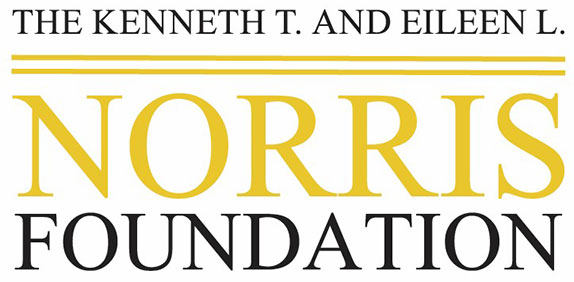STRONGER TOGETHER: THE WOMEN OF COUNTRY MUSIC
Women have always been a part of country music. From the its earliest days, when the music was known simply as “folk” or “hillbilly music,” women helped define the sound of country and have documented “their own saga in song.” Most of country music’s first generation of female artists came from rural poverty or working class families.
Many learned to play an instrument and sing on front porches or in church. Lullabies and love songs made up their repertoires, as did ballads and other traditional songs passed down from one generation to the next. In 1927, the Carter Family, which included Maybelle and Sara Carter, made the earliest recordings that featured women.
After World War II, Kitty Wells, Tammy Wynette, Patsy Cline, and Dolly Parton became country music stars. In the mid-1980s, the list of important female country music artists ranged from Loretta Lynn, Reba McEntire, and Emmylou Harris, to newcomers such as Alison Krauss, Mary Chapin Carpenter, and Rosanne Cash. Then came a wave of female artists. Faith Hill, Trisha Yearwood, Carrie Underwood, the Dixie Chicks, and Taylor Swift paved the way for Kacey Musgraves, Maren Morris, Margo Price, Brandi Carlile, and many others. Today, country music is an equal opportunity American music form.
Stronger Together: The Power of Women in Country Music celebrates the role these artists and many others have played in shaping the genre and taking it to new heights. The story of women in country music is far from over.
Exhibition Contents:
- Taylor Swift’s banjo used in her music video for “Mean” and boots and dress from her “Tim McGraw” video
- The outfit Dolly Parton wore during a performance of “Joshua” at the Grand Ole Opry in 1971
- Emmy Lou Harris’ Manuel boots worn on the album cover for Blue Kentucky Girl
- The pants and top worn by LeAnn Rimes in Coyote Ugly
- Performance outfits from Little Big Town’s Kimberly Schlapman and Karen Fairchild that were worn during the Dolly Parton tribute at the 61st GRAMMY Awards®®
- Brandi Carlile’s custom Manuel Cuevas duster worn during the first all-female headlining set at the 2019 Newport Folk Festival
- Lyric sheet for Carrie Underwood’s song “Cry Pretty”
- The gown Maren Morris wore on the red carpet at the 61st GRAMMY Awards
- Rosanne Cash’s Martin OM-28M acoustic guitar
- The guitar on which UK singer/songwriter Yola taught herself to play
Exhibition Tour:
- Nov. 1, 2019 through Aug. 23, 2020……….……GRAMMY Museum Mississippi (Cleveland, Miss.)
- Feb. 5, 2021 through May. 9, 2021……Unannounced Cultural Institution
For more information, please contact travelingexhibitions@grammymuseum.org
Other
Current Exhibits
View
All Exhibits
Subscribe
Please provide a valid email address
Please select at least one option above
Thanks for subscribing!






















